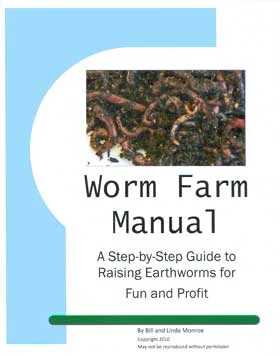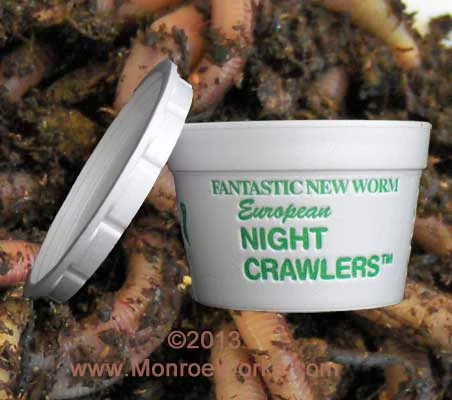A complete guide to earthworm production business..
The Birds and The Bees of Earthworm Reproduction
In the world of worm farming, there's no such thing as too much information. The more you know, the fewer problems you will face and the more worms you can grow.
So, in the name of higher education, it's time to discuss the reproductive habits of earthworms. (If you're under 18, please leave the room.)
So, in the name of higher education, it's time to discuss the reproductive habits of earthworms. (If you're under 18, please leave the room.)
Here are some earthworm reproduction facts:
- Earthworms are hermaphrodites, meaning each individual worm possesses both male and female reproduction "equipment".
- This remarkable capability means each worm may produce offspring from a single close encounter.
- Even more remarkable and astounding (though I'll admit rare): it is possible for a single worm to fertilize itself.
No wonder earthworms have survived for so long.
When earthworms become mature, they become banded. The clitellum is part of this band and is where worm babies come from, so to speak.
Without going into a complete worm biology lecture, there are a few things you should know and look out for and be careful about when it comes to facilitating the successful results of earthworm romance. At any time of day or night (worms aren't too particular) you may come across this sight in your worm bed:
 |
| Worms reproducing. |
Take a look at the picture above. If you ever see this in your worm bed, please leave them alone. If you have to be in the worm bed for some reason, be very careful when handling worms in this... uhh... formation.
When earthworms are breeding, they are very vulnerable to damage, particularity the clitellum. If the clitellum is damaged, the worms will probably die and/or won't be able to reproduce.
Next time....what happens and what comes next.
Worm Farming Resources:
One of the secrets of successful worm farming is worm reproduction. Discover other secrets to worm farming as well as many tips and how-to's necessary for growing earthworms successfully in my step-by-step Worm
Farm Manual.
Farm Manual.



